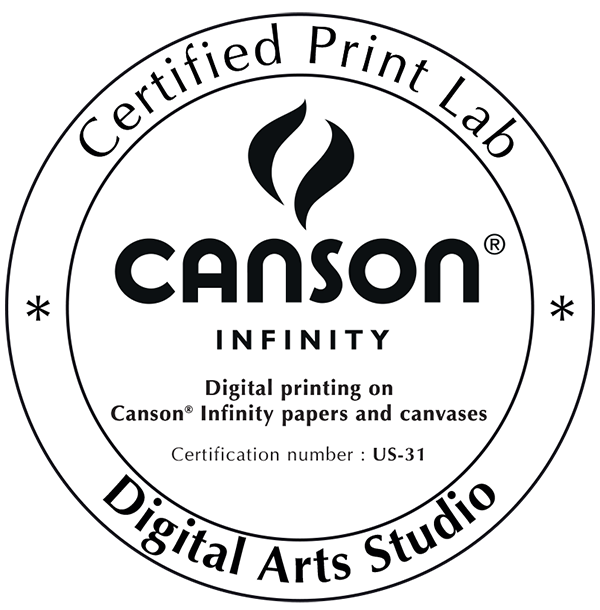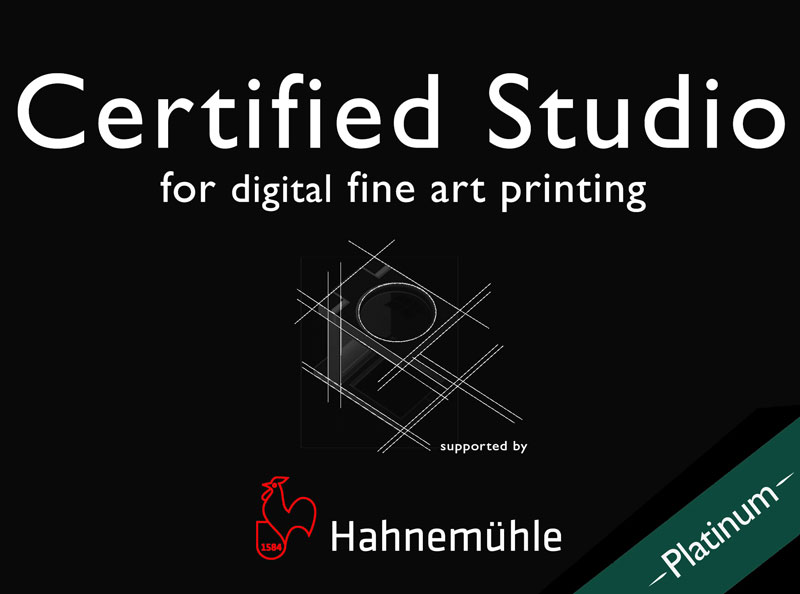Five Tips for Artists to Avoid Copyright, Trademark, and Related Legal Problems
Here are five suggestions on how visual artists can avoid creating work that has legal problems.
Be Aware of the Most Significant Art-Related Laws
You need not become a legal scholar. However, a general acquaintance with the substantive laws most relevant to your work is helpful. While copyright law is often the area of law most familiar to creators, there are additional legal areas relevant to art. As part of your creative process, walk yourself through the following questions:
Is there any portion of the art that is not your original creation? For example, did you take inspiration for your work from another piece of art, or a film, story, or other material? Did you collaborate on the artwork with someone else? “Yes” responses signal that you might have a copyright issue.
Does your artwork depict any brand-name products, company names, or phrases or other symbols associated with specific products and companies? “Yes” responses signal that you might have a trademark issue.
Does your artwork depict, name, or incorporate any identifiable characteristics of a real person? Use of real people can trigger privacy and publicity rights issues. A negative, false depiction of a person can yield a defamation claim.
The First Amendment threads its way through all these questions. No one can use his ownership of a copyright, trademark, or personal right to stop others from expressing themselves, from giving their opinions, and from otherwise exercising their First Amendment rights.
By definition, art is expressive. That means artists have considerable leeway when incorporating outside materials into their artistic works. So even if your responses to some of my above questions are yes, in many situations, that might be acceptable if the yes answer stems from a parody use, a fair use, social commentary – or just plain artistic expression.
However, even though the First Amendment forms a big tent, its protections are not limitless. Courts always conduct a balancing act between an artist’s First Amendment rights and a rights owner’s interests in protecting his copyright, trademark, privacy, and publicity rights. And of course, some actions – such as defaming someone (meaning making a false statement about the person that damages the person’s reputation) – are never legally permissible.
Heed the Fine Line between Legal Inspiration and Infringing Copying
They say that imitation is the sincerest form of flattery. Does that mean that one visual artist may imitate the work of another visual artist?
Anyone may duplicate the ideas or concepts reflected in artwork. For example, if you paint a horse, copyright law does not prevent anyone else from painting a horse – even if it is the exact same horse. What another may not do is duplicate the expressive elements used by you in your artwork. Expressive elements in visual artwork include the selection of lighting, shading, camera angle (for photographs), background and perspective.
Copyright law also often allows you to use a copyrighted work if you transform the work in some manner. While several recent court rulings have made the murky concept of “transformation” even murkier, in essence, your use of a copyrighted work is transformative if your use is creatively different from the way in which the copyright owner used it. Transformation is a key consideration in determining whether or not a particular use of a copyrighted work qualifies as a fair use.
Visual artist Jeffrey Koons seems to be a lightning rod for copyright infringement lawsuits. Looking at his experiences might help illustrate how to draw the line between copyright infringement and transformative use. Barney shared this link with images comparing artwork lawsuits in which Koons expropriation artwork was held to be infringing with those in which his expropriation artwork was viewed as a fair use.
Know When Taking Photos in Public Goes Too Far
Photographers have wide latitude to take photos in public. They can even use a device such as a zoom lens to photograph action within public view or photograph private property viewable from public property.
Situations in which taking photos in public might be problematic include those where the photographer uses aggression or harassment to get photos. This sometimes occurs when photographers try to capture photos of celebrities. Such paparazzi behavior can lead to criminal and civil charges against the photographer of assault and false imprisonment.
interferes with police activity (although non-interfering picture-taking of public police activity is constitutionally protected – even though some police officers might be camera shy) takes photos surreptitiously when subjects have an expectation of privacy fails to obtain municipal permission for a photo shoot set-up that requires a permit.
Understand How You Can Depict Real People in Your Artwork
The permissibility of publishing images of other people depends on whose image you have and how you want to use the image. Here are some very general guidelines:
Publishing an image of a person when the image is directly related to a newsworthy item, social commentary, or a historical event is usually permissible and does not violate the person’s privacy or publicity rights. That is why a limited print featuring Tiger Woods’ win at the Masters of Augusta golf tournament – with Woods being the youngest golfer and the first golfer of African-American and Asian descent to win the Masters – was ruled as permissible.
In contrast, publishing a person’s image in a commercial or advertising context without his/her consent violates that person’s publicity rights. That is why featuring Woody Allen on its Times Square billboard resulted in American Apparel’s payment to Allen of a $5 Million settlement fee.
Surreptitiously photographing a person when the person reasonably believes he has privacy is a violation of the person’s privacy rights.
It is never a bad idea to have a signed release from the person whose image you want to depict. If you do not have a release, be mindful of how you allow others to use your artwork depicting the person. As an illustrative example, in a blog post about the lawsuit stemming from a non-HIV-positive model being featured in an “I am HIV-positive” print advertisement, I recount the mistakes made by the photographer (as well as the mistakes made by the stock image company and the advertiser).
Understand How You Can Depict Products in Your Artwork
Product placement issues are typically the domain of filmmaking. Yet, they can arise in the context of still images and paintings. While conservative creators might avoid the trademark infringement risks of unlicensed product appearances, several United States court rulings sanction unauthorized appearances of a brand-name product in creative works as long as the appearance
does not tarnish the product’s reputation,
does not siphon the goodwill associated with the product, and
does not mislead people to believe that the product manufacturer has endorsed or sponsored the creative work.
Courts are particularly willing to accept an unauthorized product placement for purposes of social commentary. As an example, Mattel, the maker of the iconic Barbie doll, was unsuccessful in its legal action against Utah photographer, Thomas Forsythe, who took and displayed photos of Barbie doll in various absurd and often sexualized positions in his “Food Chain Barbie” photo series. Forsythe describes his work as a parody that criticizes the way in which Barbie doll products objectify women.
In contrast, featuring iconic products and their logos in a commercial or advertisement without a license can have dire consequences. A five-second appearance of the Louis Vuitton trademark in a Hyundai Super Bowl commercial resulted in two years of litigation, a ruling that Hyundai was liable for dilution of the Louis Vuitton trademark, and a Hyundai settlement fee paid to Louis Vuitton.
About the Writer: Joy R. Butler is a Washington, DC-based entertainment, technology, and licensing attorney; and the author of four books in the Guide Through the Legal Jungle® publication series. Her writings relevant to visual art include The Permission Seeker’s Guide Through the Legal Jungle: Clearing Copyrights, Trademarks and Other Rights for Entertainment and Media Productions, recently updated and expanded for 2017. She regularly blogs on media and intellectual property law issues at: www.GuideThroughtheLegalJungleBlog.com





